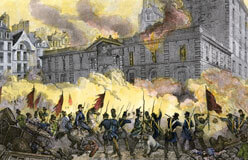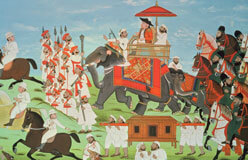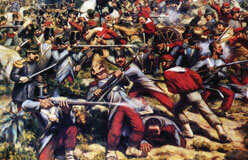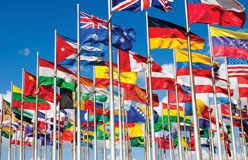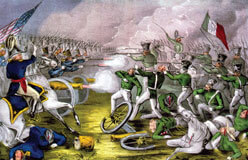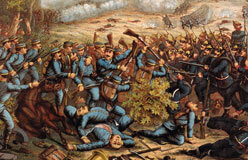You hear words like American, Russian, Mexican, Iranian, Chinese, and Kenyan. People use words like these and many others to describe nationality, or the country a person comes from.
Citizens in the United States come from many different ethnic backgrounds, countries of origin, and religions. Yet they all think of themselves as American. It’s the same in other countries, too. Nationality is one of the most basic ways people around the world describe themselves.
The idea of nationalism, or loyalty to a nation, might seem ancient. But it really began at the end of the 1600s. Before then, people were mostly loyal to a state, or government. That state was run by a ruler like a king, a powerful family, or the Church. The American and French Revolutions of the 1700s helped people feel more tied to each other by nationality, or shared land, culture, and language. Soon, the idea that each nationality should form a nation-state took hold all over the world. A nation-state would be an independent country of its own. Nationalist movements started to unite people into nation-states.

